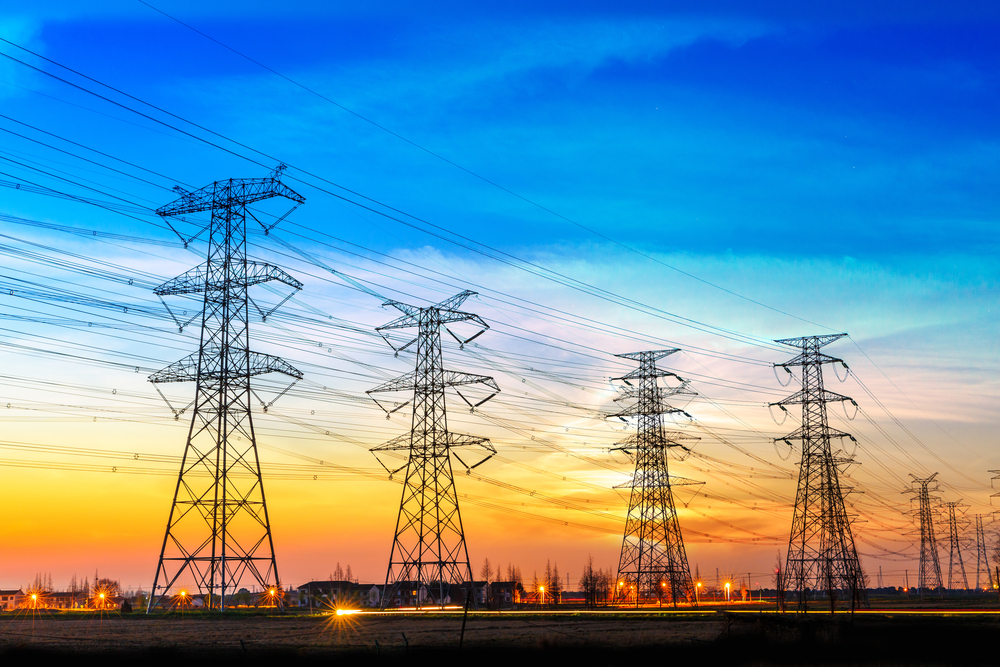The US Department of Energy’s i2X partnership program, which aims for faster and lower-cost interconnection of solar, wind and storage projects on both the transmission and distribution grids, will define and simulate interconnection process improvements by the end of this year, said Tom McDermott, a chief engineer at Pacific Northwest National Laboratory, in a webinar.
“We also need to define achievable metrics for improvement over a five-year horizon—for example, to reduce the cost or time of interconnection by 50%,” he said. “We plan to define this metric in collaboration with the i2X community.”
By next March, the program will produce the first draft of an engineering guide on interconnection studies for utility-scale projects, as well as the first draft of a five-year strategic roadmap for the overall program. “I’m confident that our industry can do better with interconnection processes,” McDermott said.
Meanwhile, the program will conduct two “sprint” studies with stakeholder involvement. The first, McDermott said, will focus on a better interconnection queue, considering ideas such as better automation, clustered impact studies, and sharing of grid upgrade costs. The second will focus on queue alternatives, “for example, an auction-based process of hosting capacity or grid needs, informed by experience with auctions of broadband spectrum.”
Grid operators PJM, Southwest Power Pool and CAISO, and utilities National Grid and Duke Energy, are among 200 current participants in the $3 million DOE program. They are joined by solar trade group Solar Energy Industries Association, renewables and transmission trade group American Clean Power, and distributed energy training and advocacy group Interstate Renewable Energy Council. The program is led by DOE’s Solar Energy Technologies Office and Wind Energy Technologies Office, with the support of several national laboratories.
Several partners shared insights in a webinar panel. To reduce time-in-queue for utility-scale developers, Charlie Smith, executive director of the Energy Systems Integration Group, suggested a “publicly transparent” generator interconnection study process that allows developers to do their own analysis and have a sense of costs before submitting their project.
Whereas distribution systems are publishing hosting capacity maps, which provide up-front information to developers on the cost of interconnection, “the transmission system is behind on that front,” said panelist Cindy Bothwell, a senior grid integration engineer with DOE’s Wind Energy Technologies Office. “We feel that increasing transparency along these lines is one way to promote a fair interconnection process.”
According to panelist Bailey McGalliard, lead strategy and analytics consultant for Duke Energy, the utility provides transparency to developers by voluntarily providing interconnection queue status reports. The utility is also beginning a cluster study process for projects requesting interconnection in North Carolina and South Carolina.
The reliability and speed of interconnection “don’t have to be conflicting objectives,” said panelist Ryan Quint, a senior manager with the North American Electric Reliability Corporation. “Our goal should be to achieve both with appropriate enhancements to the interconnection process.”
Secretary of Energy Jennifer Granholm opened the webinar, saying that “according to the Berkeley National Lab, we are already leaving—this is mind blowing to me—1400 gigawatts of solar, wind and battery capacity untapped, waiting to be connected to the grid. And that’s at the bulk transmission level alone, there’s even more in the distribution system. That 1400 gigawatts is about what we need to reach a critical milestone of 80% clean electricity by 2030.”
“If we could get all that capacity online,” Granholm said, “imagine how much faster we’d reach our climate goals. Imagine how many families we could help by lowering their energy bills and keeping the lights on during storms. Imagine how many more construction workers or engineers or electricians we could hire to build those projects. Instead of imagining, let’s actually start making it happen, together.”
This content is protected by copyright and may not be reused. If you want to cooperate with us and would like to reuse some of our content, please contact: editors@pv-magazine.com.








Who will pay for the hundreds of miles of connection feeds needed to bring the renewables to the substations? Who will provide the labor and materials? Do utilities hire more Union Electricians and linemen, or will it be “fly-by-night” non-union, wage theft convicted contractors, from other states, staying just one step ahead of the State Attorney generals that are after them? Outsourcing the construction to others could lead to substandard installations that could cause more fires in the West. Vetting who does the work and if the equipment and wires are made in the USA should be done by whoever is paying the bills. If it is taxpayers, our government watchdogs should be there to get the job done right.